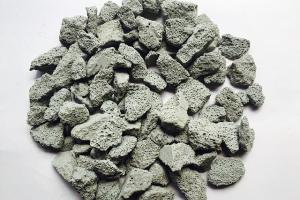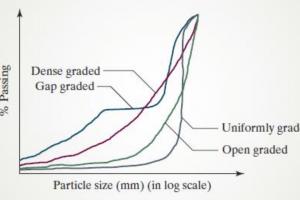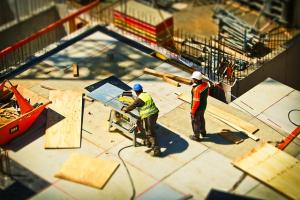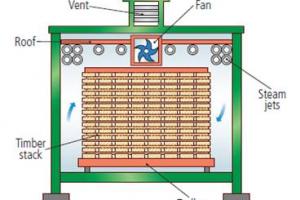Factors Affecting Selection of Construction Materials
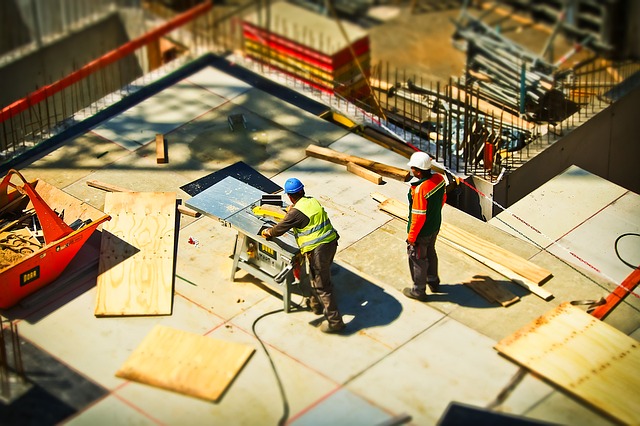
Any material used for a construction purpose in the form of solid, semi-solid or liquid, processed or unprocessed (raw material) is known as construction material.
Responsibilities of Material Engineer
A material engineer must be familiar with a wide range of materials used in a wide range of structures and is responsible for the following jobs with certain limits of compromises to be made on site.
- Selection of Materials
- Specification of Materials
- Quality Control of materials
These responsibilities fulfillment must meet certain criteria or classes of criteria which includes
- Economic Factors
- Mechanical and Non-Mechanical Properties
- Production/Construction Considerations
- Aesthetic Consideration
Factors Influencing the Selection of a Building Material
A wide range of construction materials is available. The proper selection of materials to be used in a particular construction project depends on the following factors:
The selection of building materials for a construction project is a critical decision that can significantly impact the performance, cost, and aesthetics of the final structure. Several factors influence the choice of materials, and here's an explanation of each:
Strength
- The strength of materials is essential for ensuring the structural integrity and safety of the building.
- Materials with high tensile and compressive strength are chosen for load-bearing components, while less strength may be acceptable for non-structural elements.
Availability
- The local availability of materials can affect the choice. Using readily available materials can reduce transportation costs and environmental impact.
- In remote areas, the cost of transporting materials may influence the decision to use locally sourced materials.
Durability
- Materials must withstand environmental conditions and the expected wear and tear over time.
- Durability is critical for long-term maintenance and to avoid the need for frequent repairs or replacements.
Workability
- Workability relates to how easily materials can be shaped, cut, and manipulated during construction.
- Materials that are easy to work with can speed up construction and reduce labor costs.
Ease of Transportation
- The transportation of materials to the construction site can impact project costs.
- Materials that are bulky or heavy may require specialized transport and handling.
Cost
- Cost considerations are crucial for staying within the budget. It includes not only the material cost but also installation, maintenance, and life cycle costs.
- Balancing quality with cost efficiency is a key decision factor.
Aesthetics
- The visual appearance of the materials contributes to the building's aesthetics and architectural design.
- Aesthetic choices often align with the desired style, branding, and overall visual impact.
Resistance to Fire
- In some cases, fire resistance is vital for the safety of occupants and compliance with building codes.
- Materials with high fire resistance, such as fire-resistant coatings or fireproof materials, may be required.
Ease of Cleaning
- Materials in environments that require regular cleaning, such as hospitals or restaurants, should be easy to clean and maintain.
- Non-porous and stain-resistant materials are often preferred for these applications.
Factors Influencing the Economy of a Building Material
- Availability of Material
- Cost of Raw Materials (Cost of Unprocessed Material)
- Manufacturing Costs (Cost of Processed Material)
- Transportation Cost
- Cost of Placing
- Maintenance Cost
High-Performance Materials
The increasing scope of civil engineering has brought much research and advancement in materials and knowledge of molecular structure. These materials have shown better quality with much safety and economy. Such materials are known as High-Performance Materials. In addition, improvements have been made to existing materials by changing their molecular structures or including additives to improve quality, economy, and performance.
Advantages of High Performance Materials
- High-strength concrete can be produced
- Elastomeric materials are used in joints in highly active earthquake areas
- Lightweight concrete and aggregate have made cross-sections smaller
- Polymers have been mixed with asphalt, allowing pavements to last longer under the effect of vehicle loads and environmental conditions.
- Fiber-Reinforced Concrete has greater toughness than conventional Portland cement concrete



